Love Letters To The Earth
We asked you what you love and appreciate about our home. Here are photos, reflections, poems, and songs you sent back.
For some, holidays are times of mixed emotions—opportunities for celebration and reminiscing, but also for mild dread and anxiety. For a holiday that was born out of response to dire environmental conditions, participants of Earth Day are especially prone to such feelings, and it may be difficult to resist the more negative ones.
While it might be easy to succumb to apathy, our future is not written in stone. This Earth Day, Science Friday is covering some of the solutions for the problems ahead for the climate. But we also wanted to leave space for appreciation and celebration of our home.
So, we asked you what you love about the Earth, and what you might be doing to make it a little better than you found it.
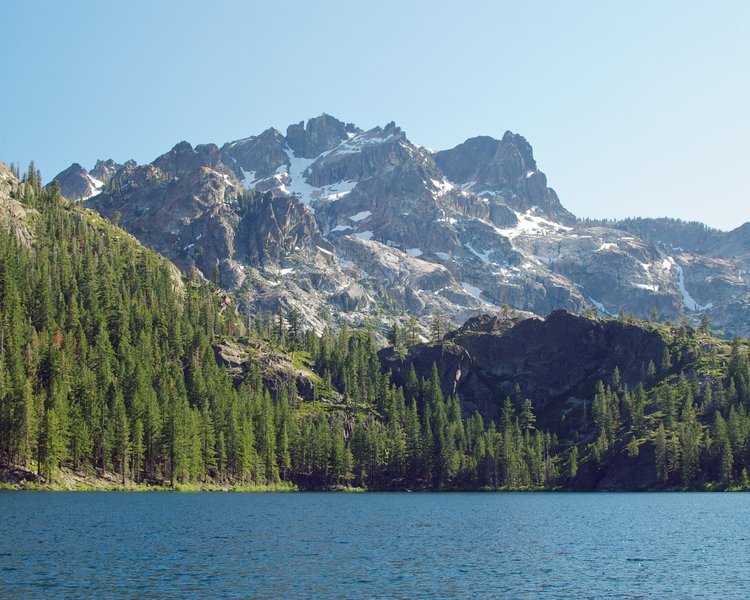
“I love this planet, which is why I devoted the bulk of my working career to protecting the California environment from industrial pollution by toxic and hazardous wastes. If we don’t protect our beautiful planet now, what will future generations have? We need to have places for them to enjoy nature, like in the attached photos of the Sierra Nevadas.”
– Steve K.
“My earliest memory is almost entirely sensory and was evoked by the smell of forest in the Cascade Mountains of Washington state. I would have been between three and four years old when I first inhaled that aroma—a mixture of earth, cedar, spruce, fir and fern. It was a transformative moment and one that has never left me, though it’s been more than 60 years since I’ve been in the Pacific Northwest. Sometimes, when I get a whiff of something even close to one of the components—the cedar or juniper trees in my own yard or live Christmas trees, even the pine bedding for the cages of various small mammals that my three sons have had as pets over the years—I am taken back to that moment in the Cascades and the strong and lasting visceral memory it created.”
– Cathy J.
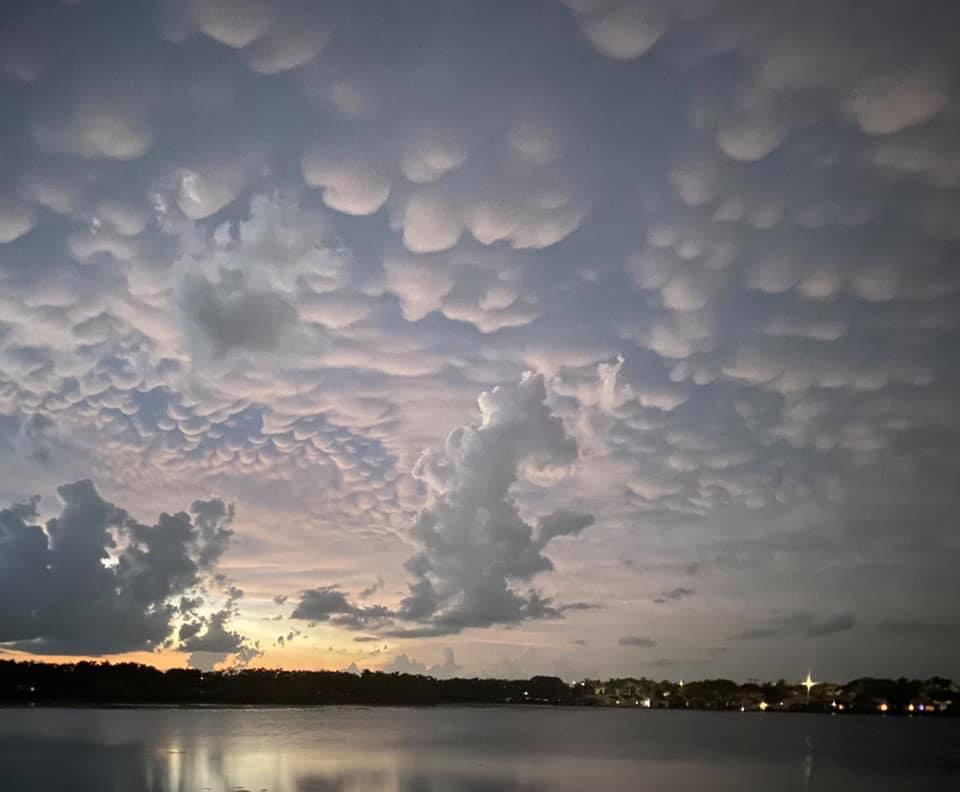
“Love our fabulous weather. Here’s a pic—after a Florida storm—from my backyard.”
– Jenny M.
“Colors: the sun shining through green leaves, tropical fish. Water in so many forms: turquoise oceans, lacy waterfalls, fat snowflakes, mysterious fog. Complex systems that have evolved over eons: my latest favorite— underground fungal networks linking tree roots. Connection: If I trace my lineage back and back, I will eventually find the life form that mothered both me and the tree outside the window.”
– Sharon
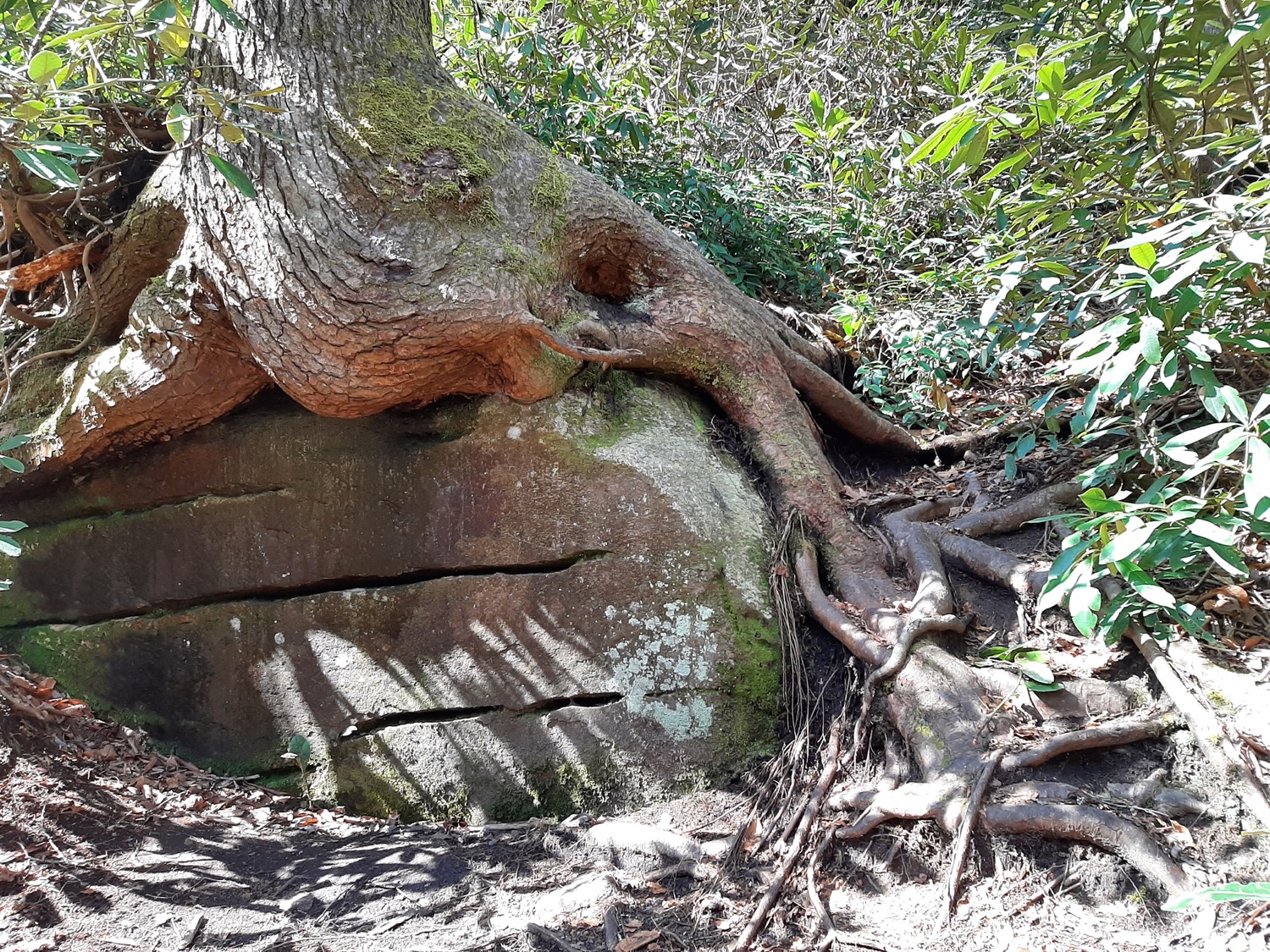
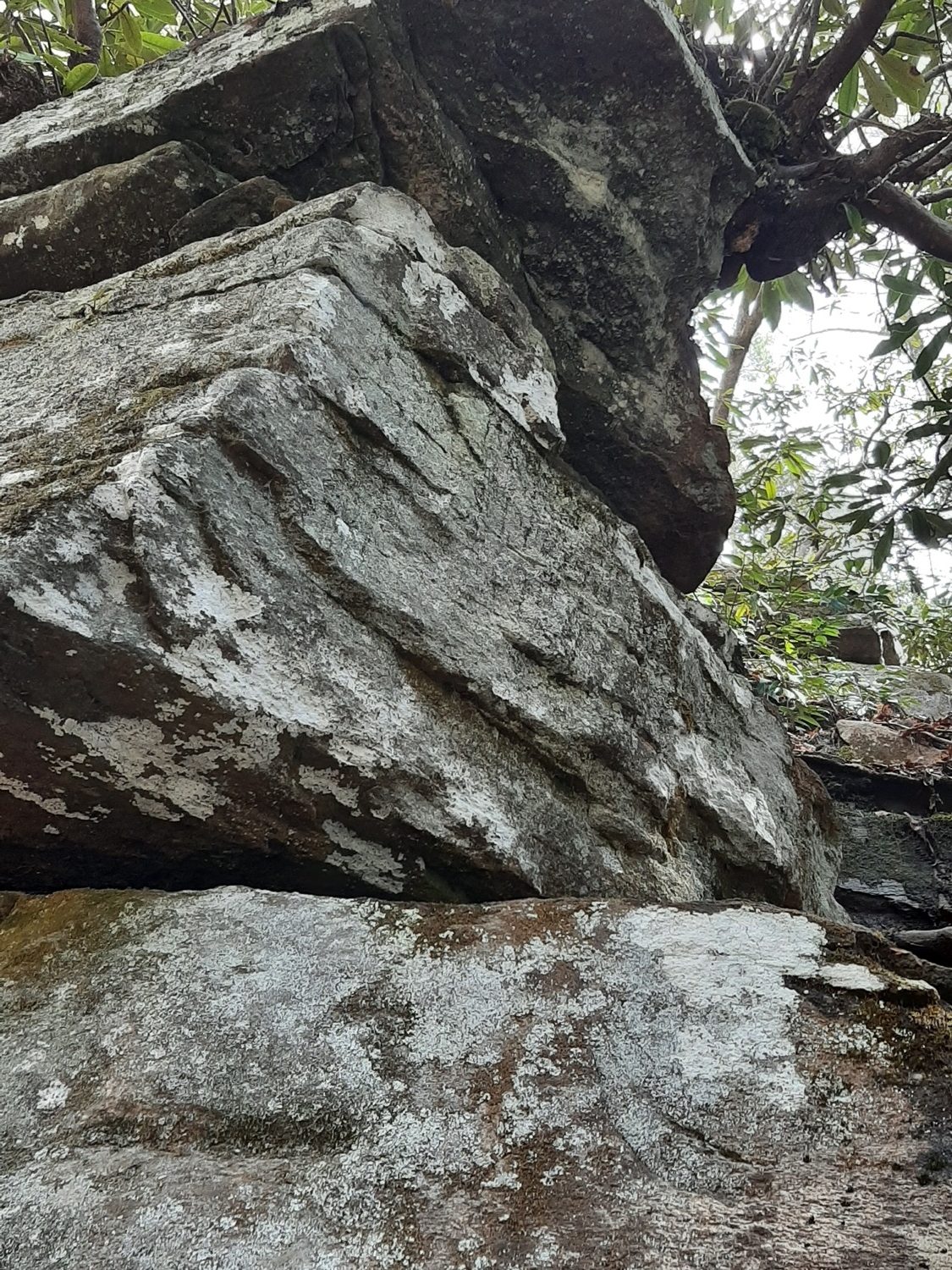
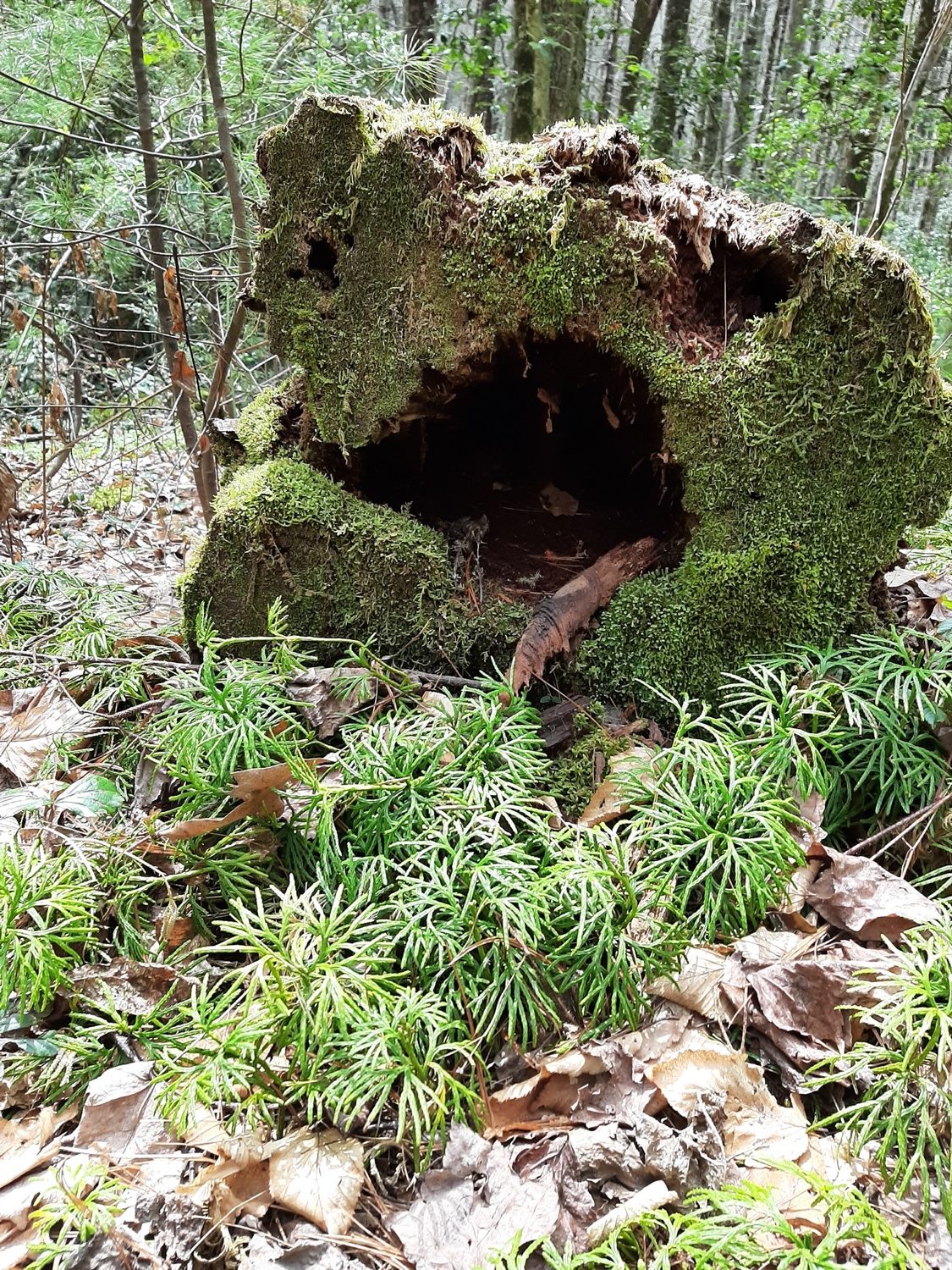
“Just spent two days in the DuPont State Forest in North Carolina (including six waterfall hikes), and the route to the last one (Wintergreen Falls) took us through an eerie boulder “village”: massive car-sized rocks covered in bright green moss. They were so ALIVE in our human-less woods… everything looked like a facial expression and the smell of sanctuary…. That’s EARTHY!”
– Mary M.
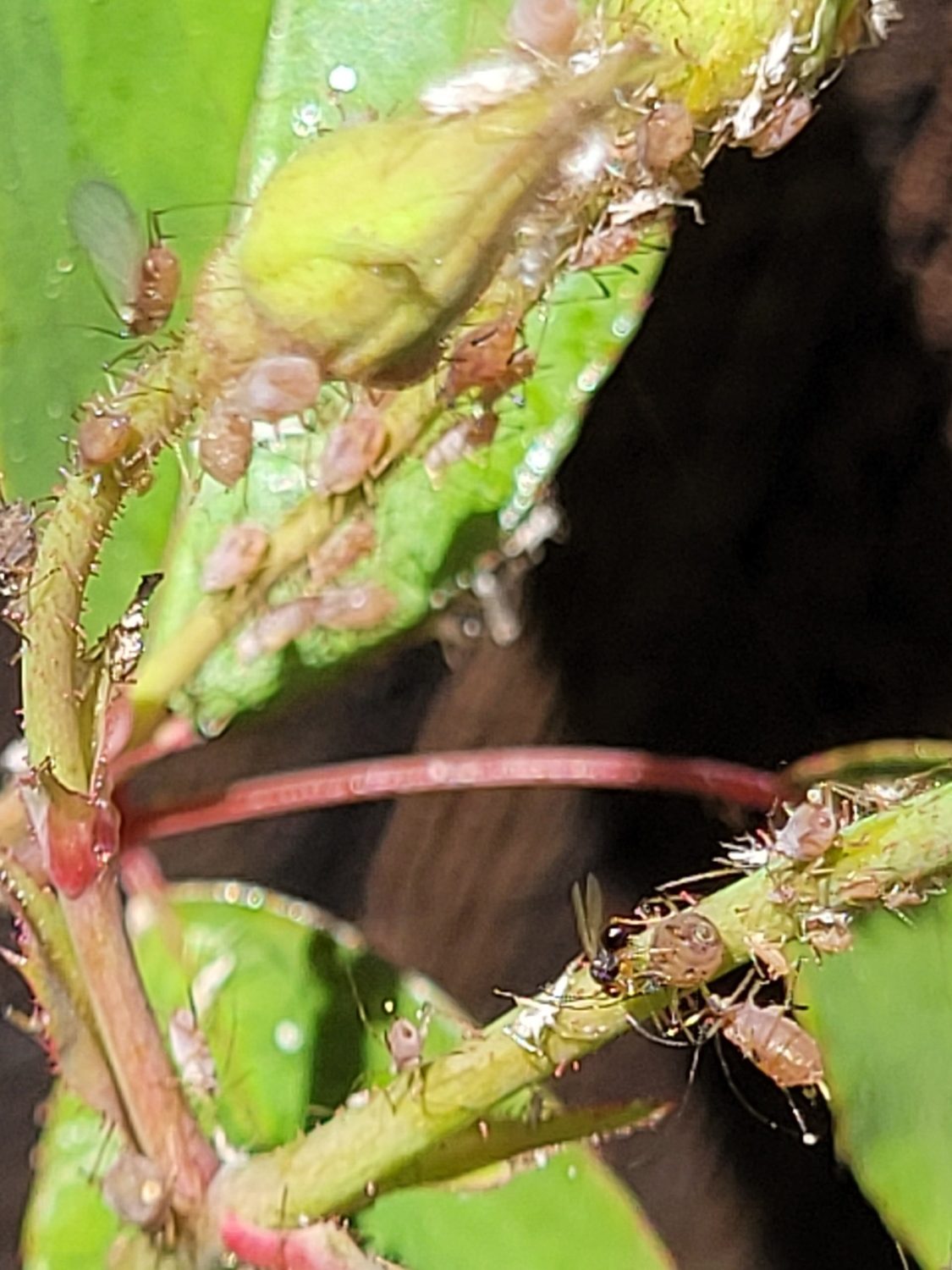
“I was the first woman to graduate in the Pest Management program at UC Berkeley in 1977. During my career, I helped raise and release natural enemies of insect pests as a way to reduce pesticide use. Now retired, I still find great joy in observing insects that visit my small garden. The bumble bees arrive first for the blueberry flowers, then honey bees, and syrphid flies. The lady bugs migrate on their own from the Sierras. I took this picture of a 50 year old Cecile Brunner rose covered with aphids. In the center is probably Aphidius sp. (Hymenoptera) laying an egg in an aphid. Free and safe biological control in action! I was delighted and so excited to see Aphidius at work! Check out the striped antennae!”
– Linda S.
Invest in quality science journalism by making a donation to Science Friday.
“I take a walk around my neighborhood most days. I have moments of wonder at the diversity, the complexity, and the mystery of our Earth. Yesterday, I saw a cardinal on a tree branch. The bird was calling to another cardinal across the way. Its breast was thrust out, a beautiful red, and it glistened in the sun. It took my breath away.”
– Fran D.
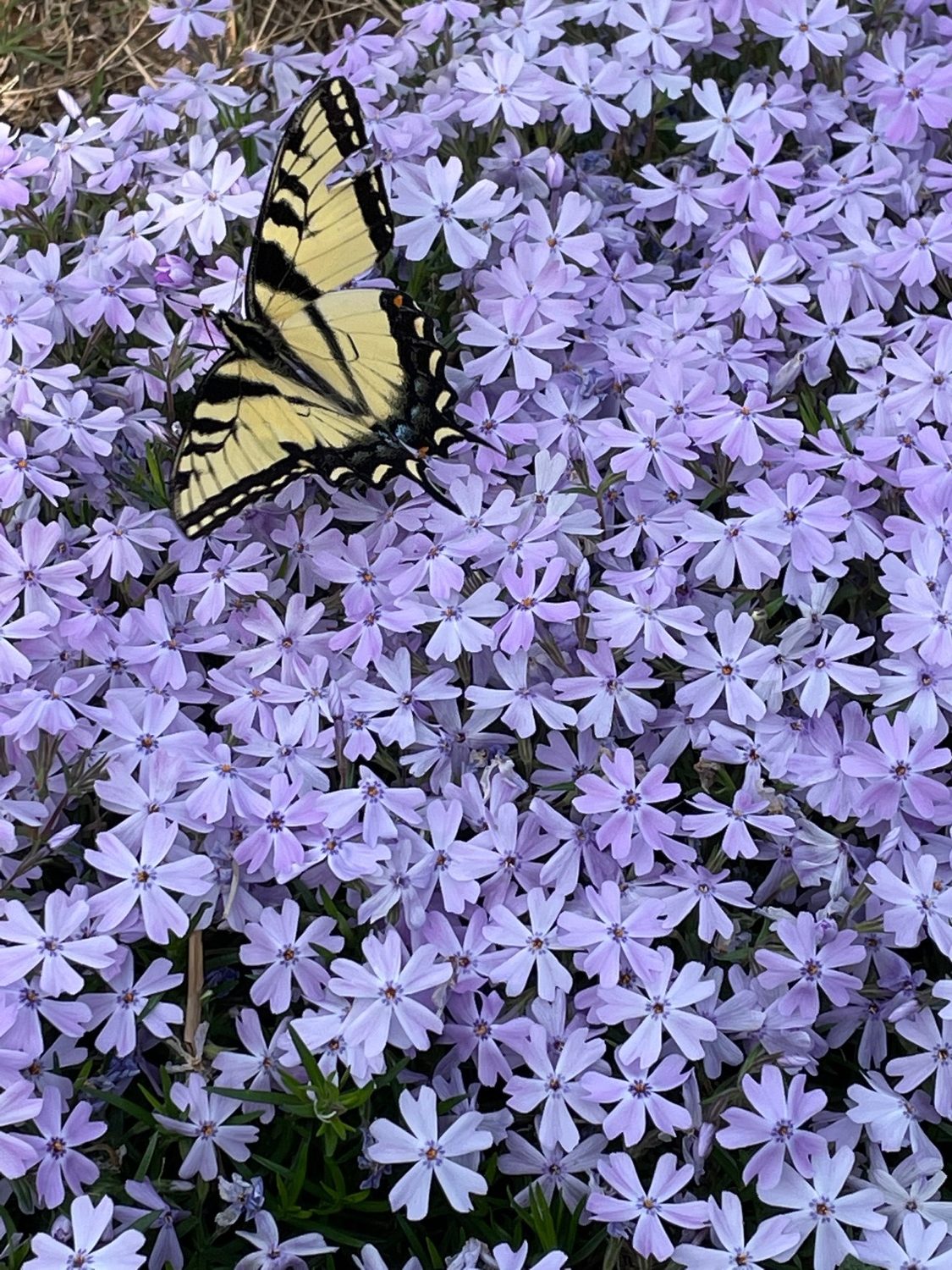
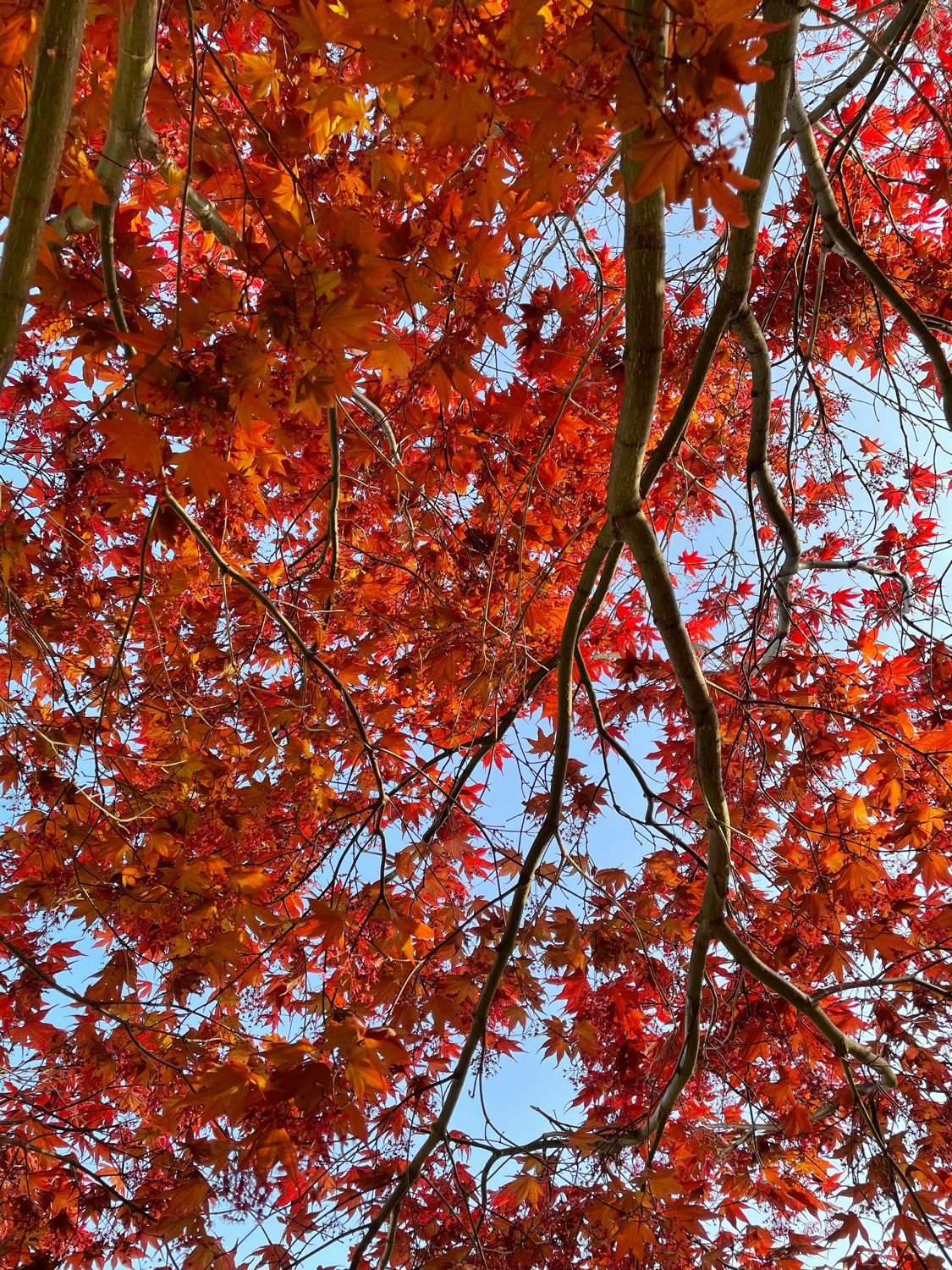
“What I love most about the Earth is that when I walk out in the early morning. Earth greets me with the joyous sounds of birds and insects, the beauty of the fauna all around. There is never a vacuum: It’s filled with flora to capture the energy to feed the fauna. We all have the responsibility to save our world by saving the ecosystem we live in, to recognize that the native flora and fauna need a place to regenerate and thrive. Are we willing to give up our life depriving lawns to support our world? I am in the the challenge and am putting in 120 more native wildflowers this year and adding more native grasses to the six acre tall grass prairie. The joy of welcoming the birds back and the bees and butterflies in the early morning is the Creation, the Creator, returning to my yard.”
– Yvonne K.
“As I look around and see a tree, a rock, a bird, a person, or a cloud, I feel the deep connection that science has revealed to me. I would not be here but for their support and I love them all because I know they are me. Ignorance of this interdependency brings us hate and war but now in the springtime as the trees bud out and the tiny wildflowers bloom it is easier to walk down my favorite trail on this Earth and feel all that I see walking beside me.”
– Bob C.
“Here’s a poem I wrote a few years ago about the Arctic National Wildlife Refuge. It was part of a trek I took with two other people from the Arctic Ocean to the Sheenjek River on the other side of the Brooks Range. I hope you like it. It is my thank you to you and your program, which I have been listening to since you started it so many years ago.”
– Frank K.
And to send us off, listener Matt Levin sent us a song he wrote, inspired by the full moon.
“Walking home, beneath a full moon,
Both darkness and light in the sky.
This is a night when wishes take flight and fly—
Isn’t it a pretty little world?”
Dee Peterschmidt is a producer, host of the podcast Universe of Art, and composes music for Science Friday’s podcasts. Their D&D character is a clumsy bard named Chip Chap Chopman.
Annie Nero is Science Friday’s individual giving manager. She enjoys listening to music through giant headphones.